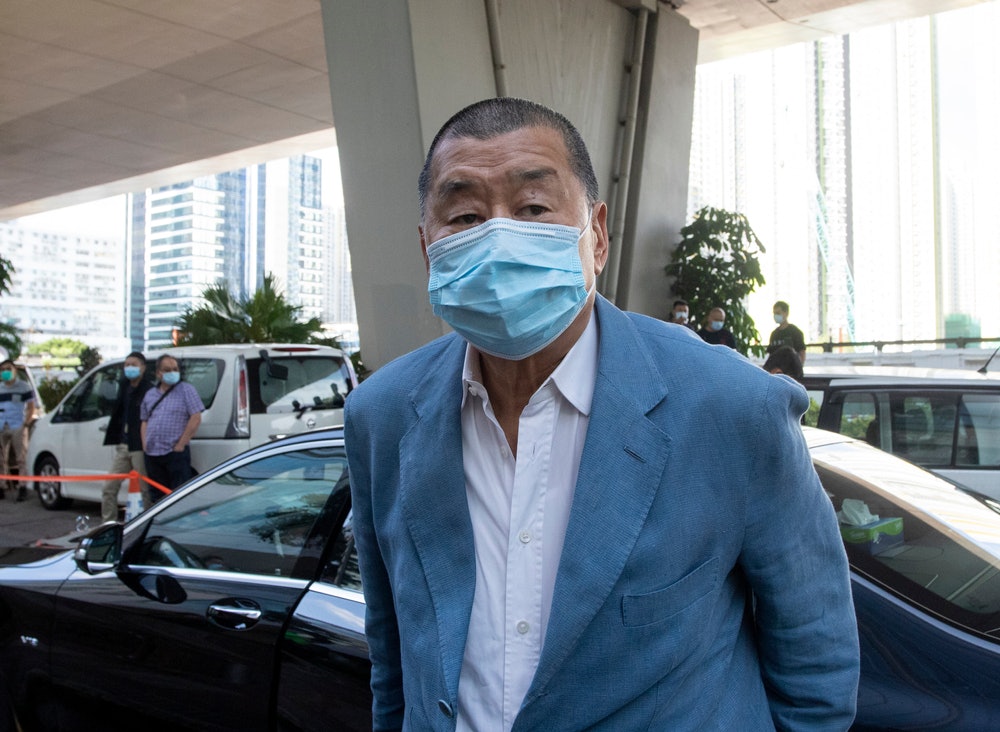There is hope for ending Russia’s war in Ukraine after recent high-level meetings in Anchorage and Washington. The meetings made clear that Russia’s Vladimir Putin remains the problem, and it’s time for the current administration to adopt a peace-through-strength approach.
- Putin started the war, not just in 2022 but in 2014 when he illegally annexed Crimea and moved into the Donbas region.
- He stubbornly has been unwilling so far to sit down with Ukrainian President Zelensky to negotiate.
- He insists that Ukraine make territorial compromises and seeks a change in Ukraine’s government to one more pliant to the Kremlin.
- He also rejects any Western military presence or security guarantees for Ukraine.
Together with our European allies and the Ukrainians, the administration should insist on a ceasefire to put an end to the killing while other issues are addressed. Putin has resisted this. The United States should make Putin an offer he can’t refuse. That can be achieved by:
- moving ahead with sanctions, as Trump promised to do if Putin refused a ceasefire;
- raising tariffs on China (Trump has already done so on India) for its imports of Russian energy, among other steps that would cut off Putin’s financial lifeline;
- seizing, not just freezing, the $300 billion in Russian money held in Western financial institutions; and
- continuing, if not increasing, the flow of military assistance to Ukraine and maintaining vital intelligence-sharing.
If we have learned one thing from this tragic situation, it is that Russians should never be overestimated, and the Ukrainians should never be underestimated.































